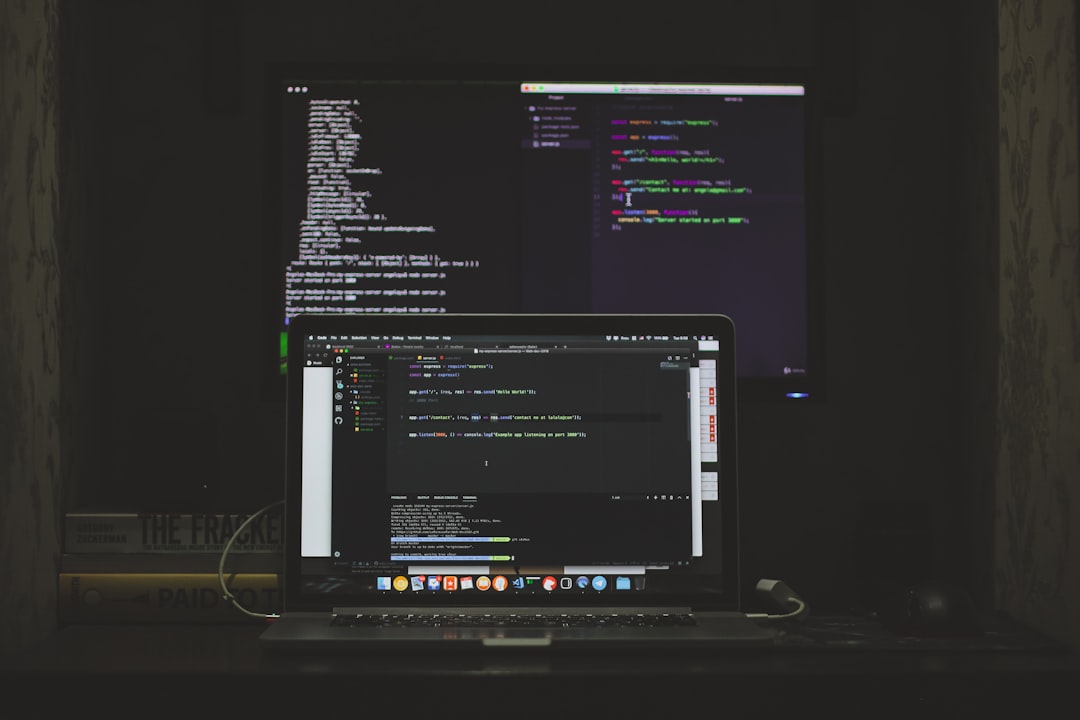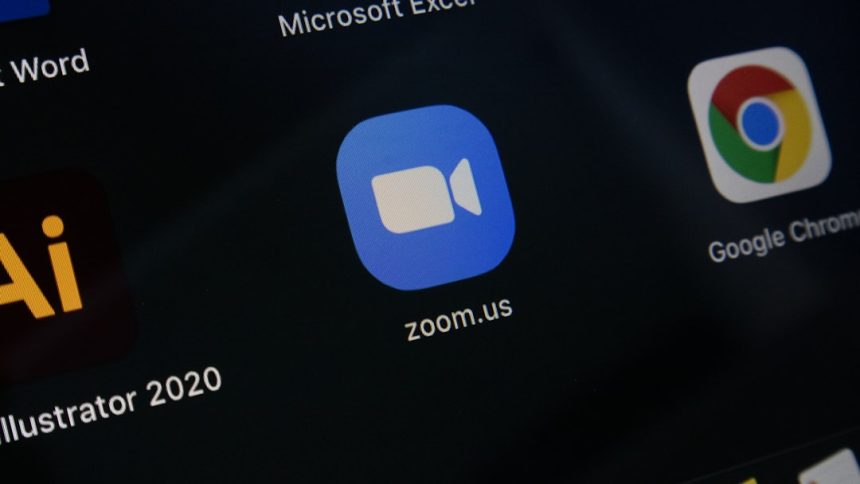In recent years, the field of software development has been undergoing a quiet revolution. Advancements in artificial intelligence (AI) are transforming how applications are built, tested, and maintained. The idea of automating software development with AI is no longer science fiction — it’s becoming a working reality for many teams across industries. But is it truly possible to automate the entire process of software development? The answer is both promising and nuanced.

Software development encompasses a variety of stages: planning, designing, coding, testing, deployment, and maintenance. Each of these stages requires different skill sets, and AI is beginning to show potential in supporting or even automating many of them.
The Role of AI in Code Generation
One of the most visible advances in AI for software development is in the area of automated code generation. Tools like GitHub Copilot and OpenAI’s Codex can suggest lines or entire blocks of code based on context. These systems leverage vast datasets of programming languages to understand syntax and suggest intelligent completions.
While these tools don’t eliminate the need for developers, they significantly accelerate coding tasks by reducing repetitive work and helping identify better or faster solutions. Developers are increasingly using AI as a coding assistant rather than a replacement for human ingenuity.
AI-Powered Testing and Debugging
Another area where AI shines is in software testing. Modern AI tools can automatically generate unit tests and even simulate edge cases that human developers might overlook. AI algorithms can also detect anomalies in the code or usage patterns, helping identify bugs before they escalate.
By automating testing, AI enables faster iterations and more reliable releases. This is especially useful in Agile environments where continuous testing and delivery are critical.

Design and Requirement Analysis
Although still in early stages, AI is beginning to offer support in collecting and interpreting user requirements through natural language processing (NLP). By analyzing user stories, chat logs, or project documents, AI can generate wireframes or suggest workflows, bridging the gap between design and development.
This automation of requirement analysis still requires human supervision, but it represents a step toward reducing ambiguity at the project’s start — often cited as a source of delays and mismatched deliverables.
Maintaining and Evolving Existing Codebases
Maintenance, often the most time-consuming aspect of software development, can also benefit from AI. Tools trained in identifying deprecated functions, security vulnerabilities, or inefficient code paths are being integrated into development pipelines.
AI algorithms are even helping in code refactoring by improving readability, performance, and structure with minimal human involvement. These capabilities are especially useful in large, legacy systems where manual review is impractical.
Challenges and Limitations
Despite the optimism, several challenges remain. AI doesn’t yet understand the context of every application. Ethical concerns, lack of explainability in AI decisions, and the risk of introducing new types of bugs can complicate adoption. Moreover, not all coding tasks are suitable for automation — the more creative or abstract the task, the more important human input becomes.
Furthermore, software development is not just about writing code; it involves a deep understanding of business needs, user experience, compliance, and architecture decisions. AI isn’t fully there yet in comprehending these complex factors.
Conclusion
Automating software development using AI is not only possible — it is already happening in meaningful ways. From writing code to testing and maintenance, AI is augmenting the work of human developers, increasing productivity and reducing errors. However, rather than replacing human developers, AI is becoming an assistant that empowers them to focus on higher-level thinking and innovation.
As the technology matures, it holds the promise to further revolutionize how software is created, but human oversight will remain a cornerstone of responsible and effective software development.
Frequently Asked Questions (FAQ)
- Can AI completely replace software developers?
Not at the moment. While AI tools can automate aspects of development, human creativity, problem-solving, and domain knowledge remain essential. - What parts of software development are best suited for AI automation?
Tasks like code suggestions, testing, bug detection, and maintenance are currently the most amenable to automation with AI. - Are AI-generated codes reliable?
They can be, but they still need to be reviewed by human developers to ensure correctness, security, and relevance to specific project contexts. - What are the risks of automating development with AI?
Risks include the introduction of subtle bugs, ethical concerns, data privacy issues, and overreliance on incomplete or biased training data. - How can developers make best use of AI tools?
By treating them as assistants for rapid prototyping, code completion, and refactoring — while remaining involved in architecture, logic, and testing decisions.







